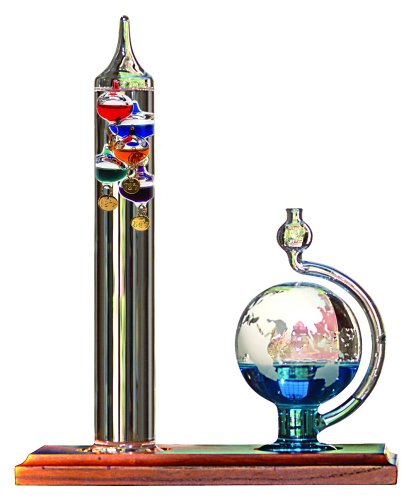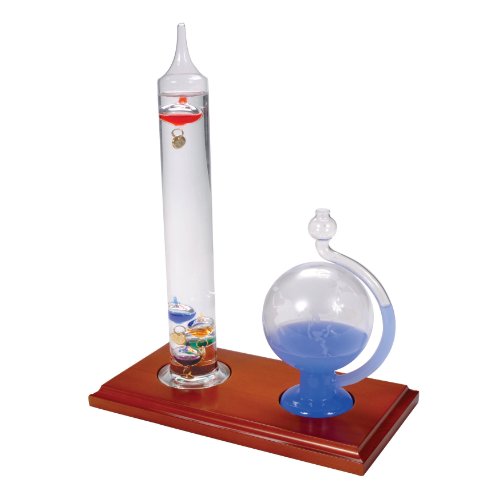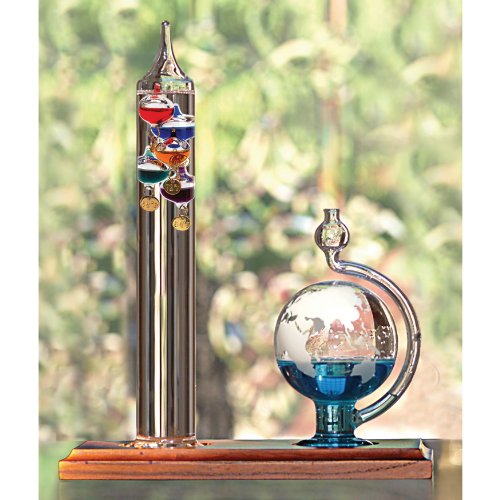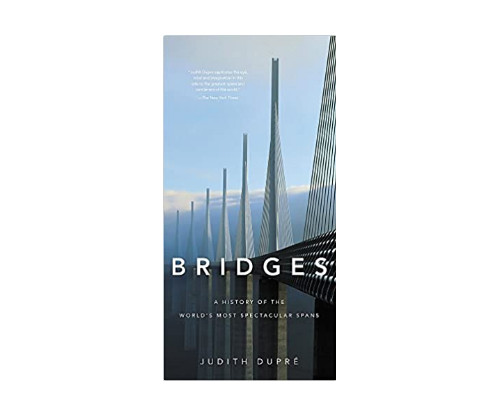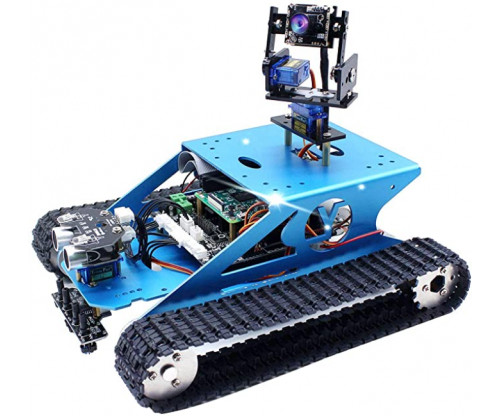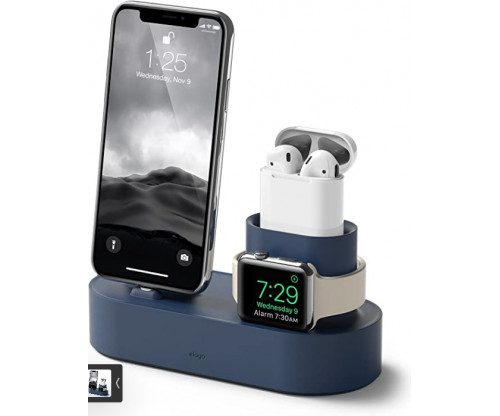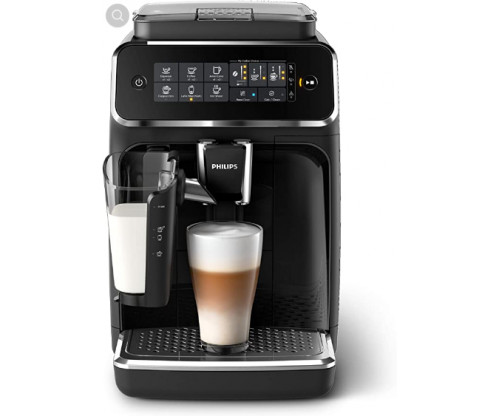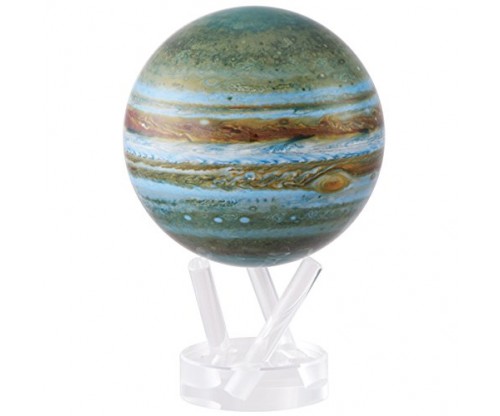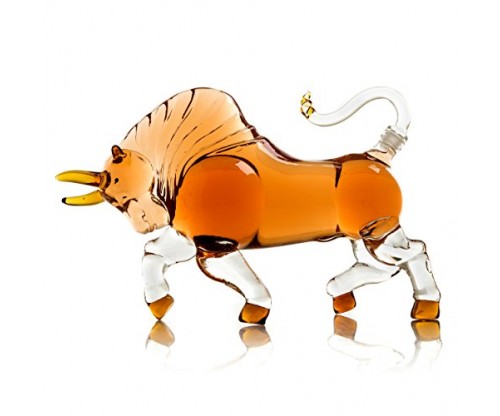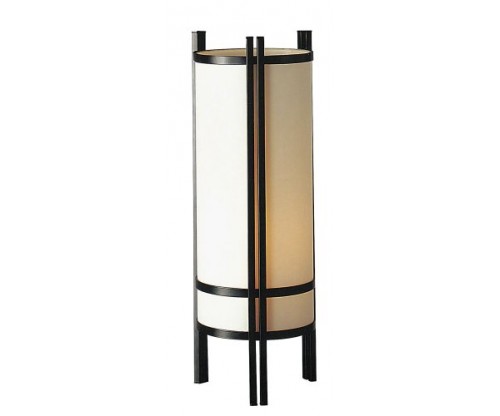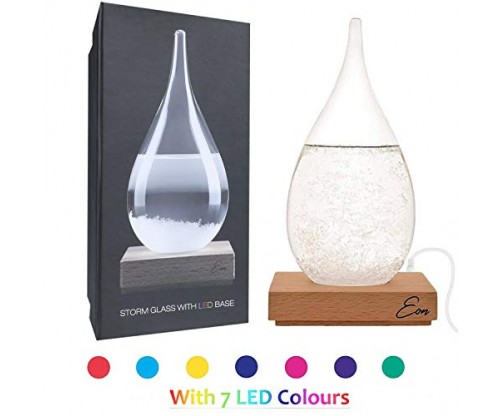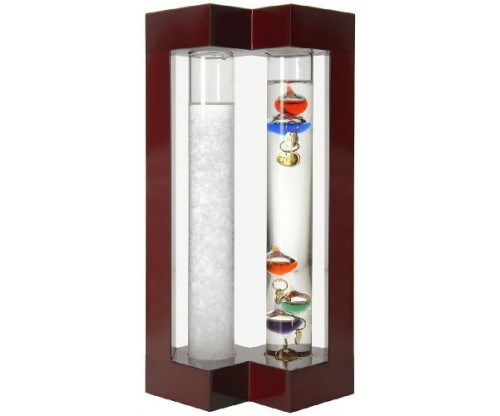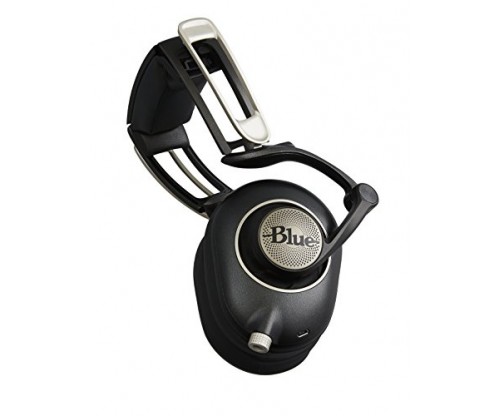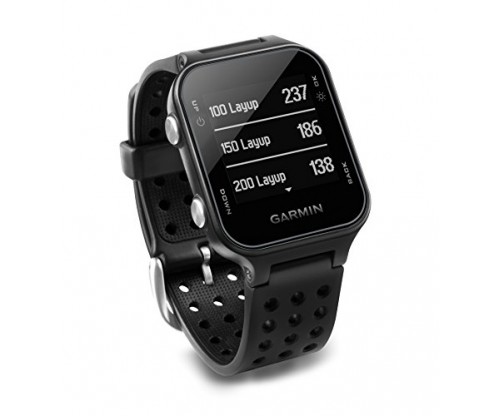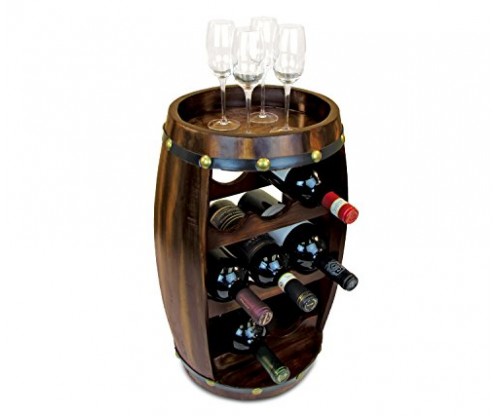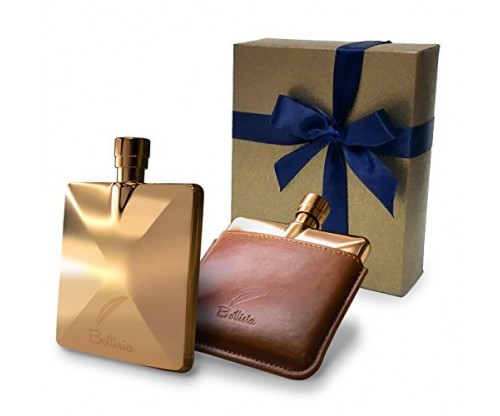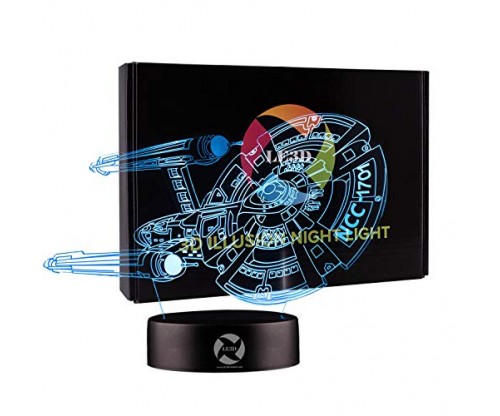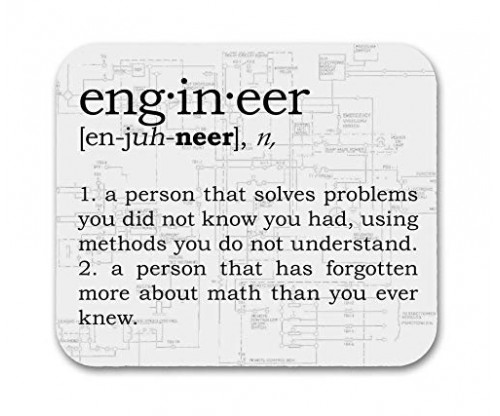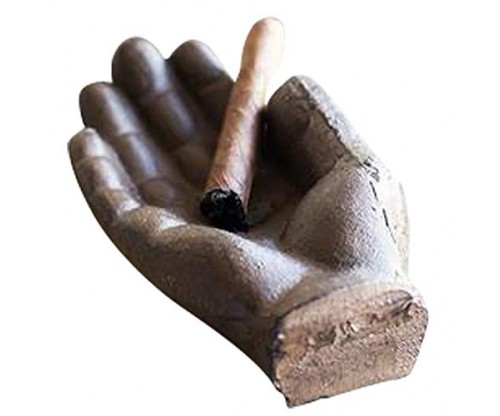Galileo Thermometer with Glass Globe Barometer
Old fashioned scientific instruments always have a certain appeal to many people. There is something about the beauty and innocence of ancient engineering that really allows people to just sit and gaze on the craftsmanship that went into the manufacture of the piece.
The Galileo Thermometer with Glass Globe Barometer from AcuRite is just such a wonderful piece of engineering craftsmanship. They are interpretations of scientific instruments used in the sixteenth century to measure temperature and air pressure. The fundamental principles behind the instruments are those of buoyancy and air pressure.
Detailed information about Galileo Thermometer with Glass Globe Barometer
The set comes as two pieces: an 11” high glass cylinder filled with liquid in which there is a number of floating glass globes filled with colored liquids.
This was designed and developed by Galileo Galilei (1564 to 1642) who is one of the pioneers of modern maths, physics, and astronomy. The globes ascend and descend within the outer cylinder in line with temperature changes (and hence density changes); the other instrument is a barometer made from a glass sphere which has the world map etched on its surface. This is known as ‘The Storm Glass’ or ‘Goethe Barometer’ and is thought to be the earliest known barometer in the world, variations of it being used as early as the eighth century by the Moors.
There is a glass tube open to atmosphere incorporated into the instrument which allows the level of colored liquid within the globe to alter with changes in air pressure. Both glass instruments are fixed to a hardwood base measuring approximately 8” long. Although the thermometer is not particularly accurate, the barometer successfully shows changes in air pressure many hours before changes in weather occurs.
These two scientific instruments are beautifully made reproductions of an early thermometer and barometer
They are fun to observe and check changes in the weather
Although these are not particularly accurate they are a remnant of the early scientific method
Although these two weather prediction instruments are not particularly accurate compared to modern day prediction methods, they would have been ‘State of the Art’ in the eras in which they were used. Having said that, they are lovely to look at and are always a conversation piece, with everyone wanting to know how they work and how accurate they are.

